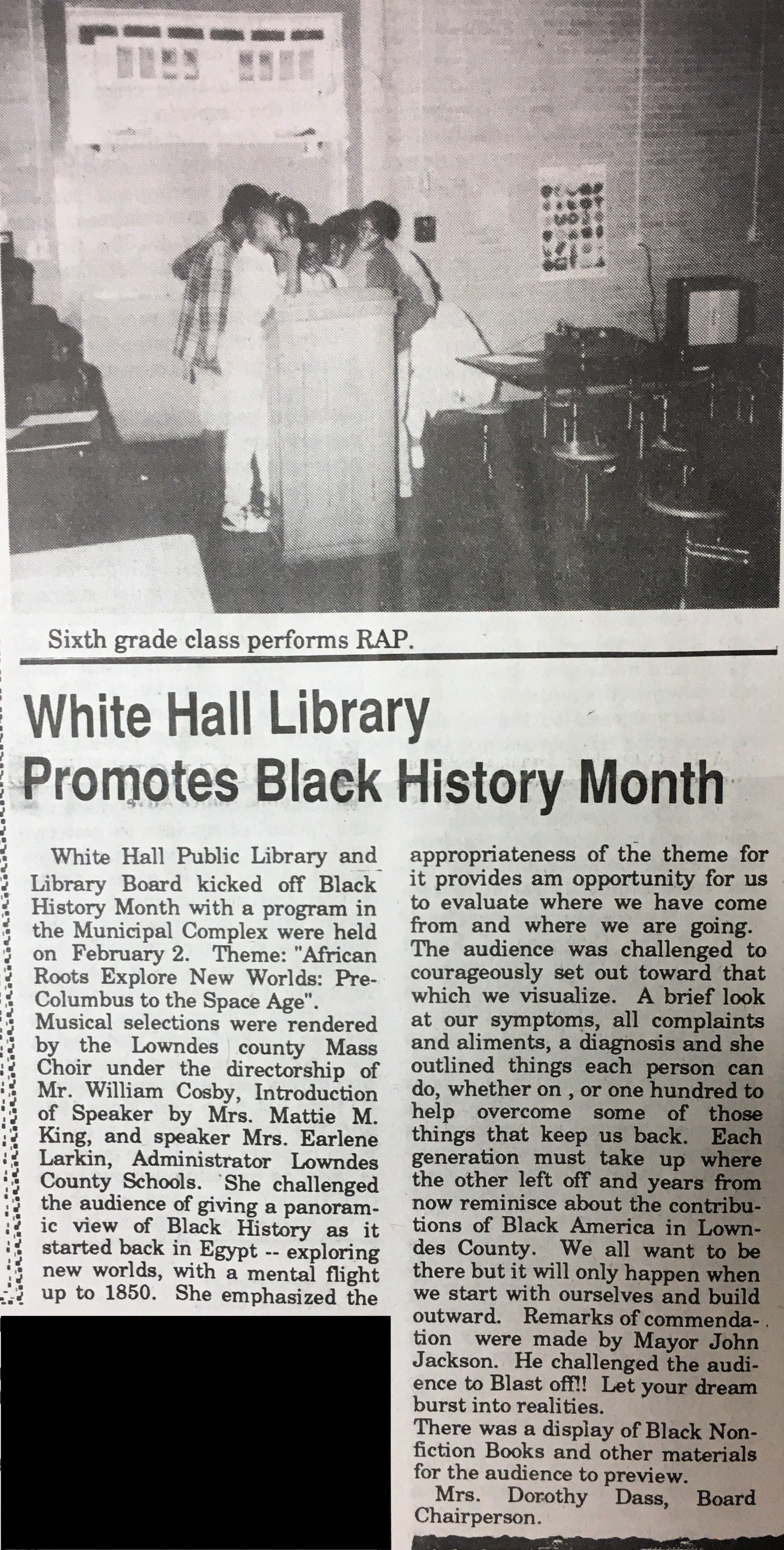Lowndes/Butler Hams participates in field day exercise
Published 3:57 pm Thursday, June 27, 2013
By Fred Guarino
The Lowndes Signal
The Jim Bell Wireless Association including (ham) amateur radio operators from Butler and Lowndes counties operated emergency communications stations at their Calico Fort site in Fort Deposit for 24 hours straight this past weekend as part of a national field day event.
The event was open to the public, and visitors were welcome.
According to the Association, operating on emergency power as well as commercial power, amateur radio operators demonstrated how they support local agencies, local governments, county Emergency Management Agencies, the Red Cross, police, sheriff and fire departments when disaster strikes the area.
Such disasters can include sever weather events, like tornados, hurricanes, floods and others.
And emergency communications really come into use when landline and cell phone services are down and when electrical power is lost for a period of hours or days.
The event this past weekend ran non-stop from 1 p.m. Saturday through 1 p.m. Sunday.
Visitors such as Lowndes County Emergency Management Agency Director David Butts were invited to sit at the GOTA (Get On The Air) station to have some fun.
Butts said he plans to get his license and get into Ham radio as a result of his experience this past weekend.
Samantha (Sam) Peel, age 13, of Hayneville was one of those operating at Calico Fort this past weekend. She said she became interested in Ham radio through her father Joe Peel.
Joe said he likes learning about electrical circuits, cell phones and radios and how they work. He and his daughter operate a short wave radio station at their home.
Larry Richards of Butler County (Fort Deposit area) said he has been involved since 1981.
He called it is a “good hobby” to help people out during bad weather.
Richards is retired from the Army but got into amateur through CB radio. He said when he got his license one had to know Morse Code, which he said is difficult and no longer required.
Richards operated a computer for logging contacts while Sam Peel operated a high frequency radio under her father Joe looked on.
“I like talking to people from across the world. It can be interesting to hear the different accents,” Sam Peel said. She is at the Technician level and her call sign is KJ4ZKT. Her father is at the highest Extra level and his call sign is WA4JO.
Joe Peel explained Technician is more about rules; General is more about technological and Extra is more about how radios work.
Bob Glasscock of Greenville (WA4WLI) was testing equipment for voice communications across the US and around the world.
He said he was set up on an “impromptu” emergency basis. “You can hear my generator running,” he said. “That means that we are not running on commercial power. We are on emergency backup power right now, which is the case of an event… probably wouldn’t have commercial power.”
He said operators would more than likely be running on solar, battery or generators.
“We’re testing our equipment and testing our ability to communicate with stations on a point scoring system… the more states or regions we can contact the more points we get,” Glasscock said.
Glasscock said he was operating digital communications like radio Teletype in which a sound card turns typed messages into a signal.
He said he also involved in MARS Military Auxiliary Radio Service, which provides phone patches.
He said Saturday he spoke to operators in West Virginia and Ohio.
Glasscock said he stated out in CB radio as well and moved to Ham he said in CB he was “Frog Eye.”
But he said it is the emergency side of Ham Radio that benefits the public. “When cell towers go down, when the power grid goes down and all those things fail we’re able to get amateur radio operators on the air to communicate and send messages all around where they need to go.”
Chuck Stouse (W4WE) of Georgiana, formerly from Indiana, was operating the Jim Bell Wireless Association’s GOTA station (Get On The Air) for newcomers.
He said its purpose is “mainly to promote interest in amateur radio.”
He said he was operating an HF radio and said talking to people is called “working somebody.”
Stouse has been in Ham radio since 1957. After he saw an amateur station when he was in the sixth grade, he said, “It was something I had to do and it led me into a career in engineering.”






